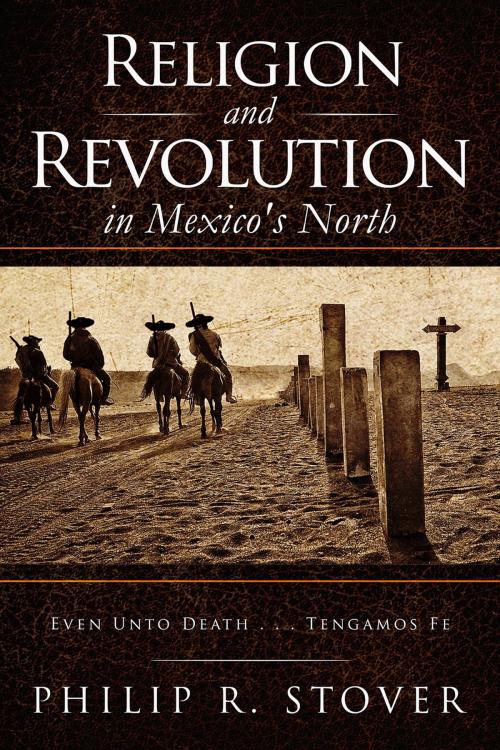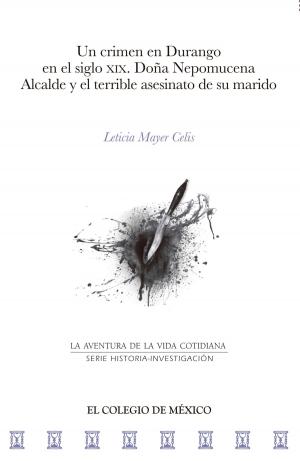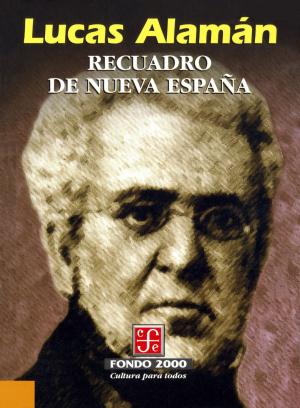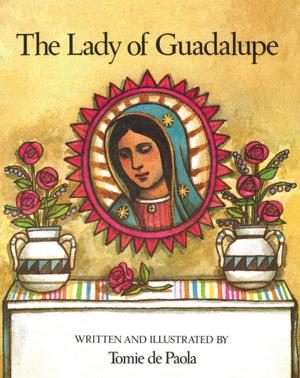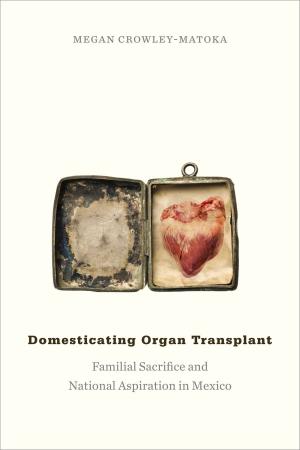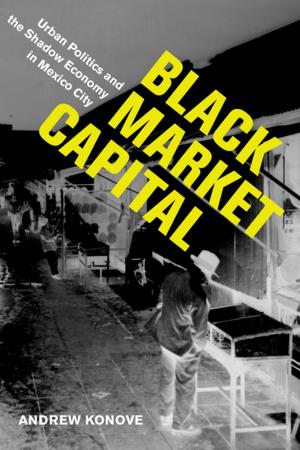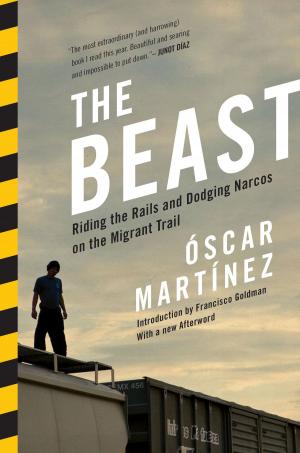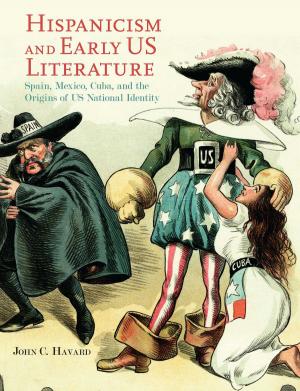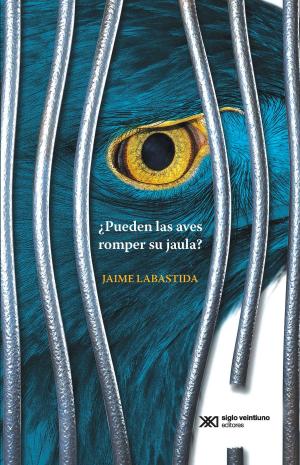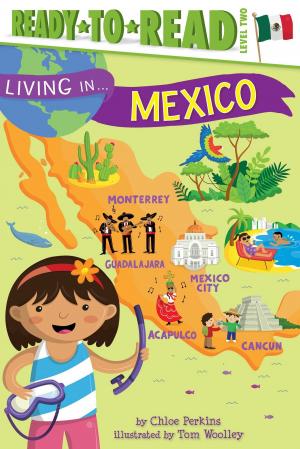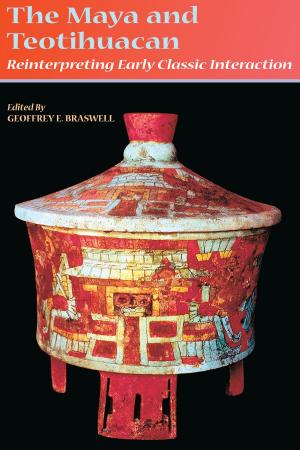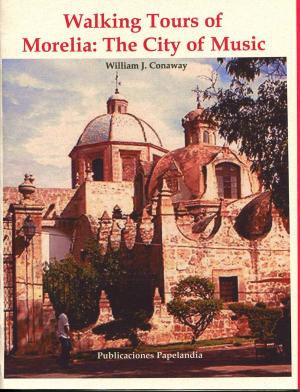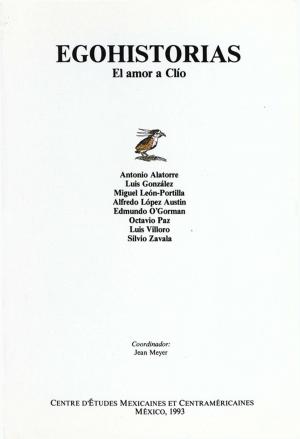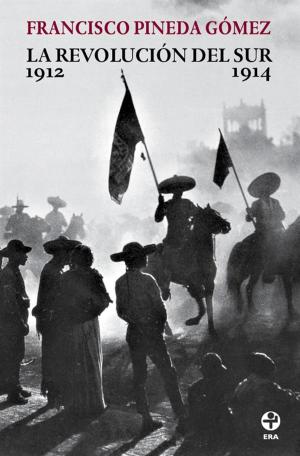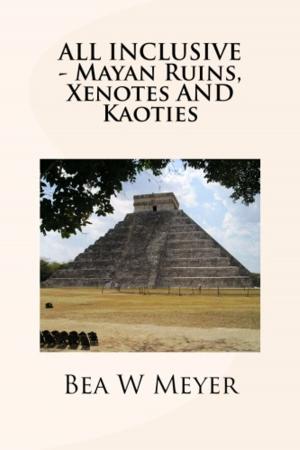Religion and Revolution in Mexico's North
Even Unto Death . . . Tengamos Fe
Nonfiction, Religion & Spirituality, Christianity, Church, Church & State, History, Americas, Mexico| Author: | Philip R. Stover | ISBN: | 9780990455417 |
| Publisher: | Rio Vista Press | Publication: | July 26, 2014 |
| Imprint: | Rio Vista Press | Language: | English |
| Author: | Philip R. Stover |
| ISBN: | 9780990455417 |
| Publisher: | Rio Vista Press |
| Publication: | July 26, 2014 |
| Imprint: | Rio Vista Press |
| Language: | English |
Religion and revolution reverberated through northern Mexico like the thunder and lightning of its wild and fierce storms. Religion and Revolution in Mexico?s North reveals the motivation behind the madness and the role religion played in the very struggle for the soul of Mexico. During the revolution, many lived and died; lost in a thousand fields and unnamed pueblos, meaningless except to the few who knew and loved them, and who would never see them again. Whatever their cause, in the words of Philippians 2:8, they were faithful . . . even unto death. Often lost among the myths were the millions driven by forces they couldn?t comprehend. They were knights, bishops, castles, and yes, pawns ? in the revolutionary chess matches that nearly resulted in the checkmate of Mexican civilization.This book, appropriate for a great backyard read or for a college-level supplementary textbook has a narrative style with 1200 citations and 300 references. It is a history of the intersection of religion and revolution in Mexico, with special emphasis on the north of Mexico and the Mexican revolution time period. Read about curanderos, Cientificos, Cristeros, revolutionaries, healers, Mormons, Mennonites, and Masons. Learn how the Catholic Church was the dominant force in Mexico for centuries and how it combined with the Spanish military to conquer Mexico. Discover how Protestant theology energized a revolutionary faith. Understand how and why Protestantism, especially Pentecostalism grew in Mexico with the support of liberals. Religion and Revolution explains how popular religion has been grounded in the Mexican village and how personal faith, more than priestly formalities drives local Mexican religion. The reader will learn about the personal faith of the major northern revolutionaries, including Porfirio D?az, Francisco Madero, Pascual Orozco, Victoriano Huerta, Pancho Villa, Alvaro Obregón, Venustiano Carranza, and Plutarco Elias Calles.It took Phil Stover three years to write this book, but La Llorona has been crying for her children for centuries. She sobs for all those who have been lost in Mexico?s turbulent past and present. Listen carefully, dear reader. Perhaps in the pages of this book you too will hear her cries!
Religion and revolution reverberated through northern Mexico like the thunder and lightning of its wild and fierce storms. Religion and Revolution in Mexico?s North reveals the motivation behind the madness and the role religion played in the very struggle for the soul of Mexico. During the revolution, many lived and died; lost in a thousand fields and unnamed pueblos, meaningless except to the few who knew and loved them, and who would never see them again. Whatever their cause, in the words of Philippians 2:8, they were faithful . . . even unto death. Often lost among the myths were the millions driven by forces they couldn?t comprehend. They were knights, bishops, castles, and yes, pawns ? in the revolutionary chess matches that nearly resulted in the checkmate of Mexican civilization.This book, appropriate for a great backyard read or for a college-level supplementary textbook has a narrative style with 1200 citations and 300 references. It is a history of the intersection of religion and revolution in Mexico, with special emphasis on the north of Mexico and the Mexican revolution time period. Read about curanderos, Cientificos, Cristeros, revolutionaries, healers, Mormons, Mennonites, and Masons. Learn how the Catholic Church was the dominant force in Mexico for centuries and how it combined with the Spanish military to conquer Mexico. Discover how Protestant theology energized a revolutionary faith. Understand how and why Protestantism, especially Pentecostalism grew in Mexico with the support of liberals. Religion and Revolution explains how popular religion has been grounded in the Mexican village and how personal faith, more than priestly formalities drives local Mexican religion. The reader will learn about the personal faith of the major northern revolutionaries, including Porfirio D?az, Francisco Madero, Pascual Orozco, Victoriano Huerta, Pancho Villa, Alvaro Obregón, Venustiano Carranza, and Plutarco Elias Calles.It took Phil Stover three years to write this book, but La Llorona has been crying for her children for centuries. She sobs for all those who have been lost in Mexico?s turbulent past and present. Listen carefully, dear reader. Perhaps in the pages of this book you too will hear her cries!
